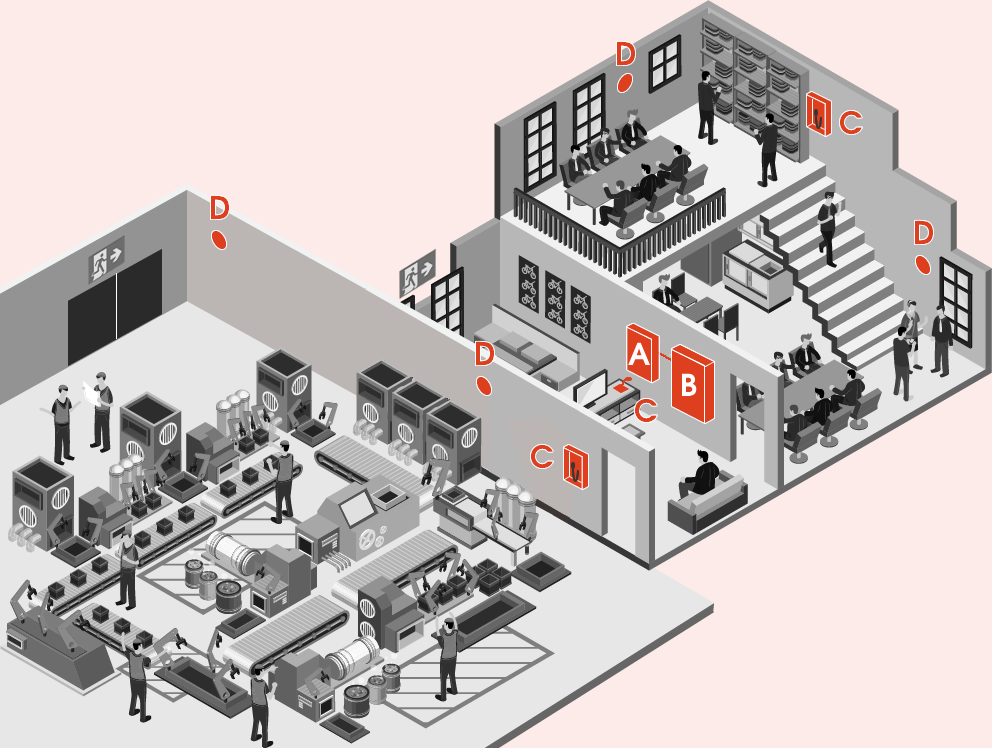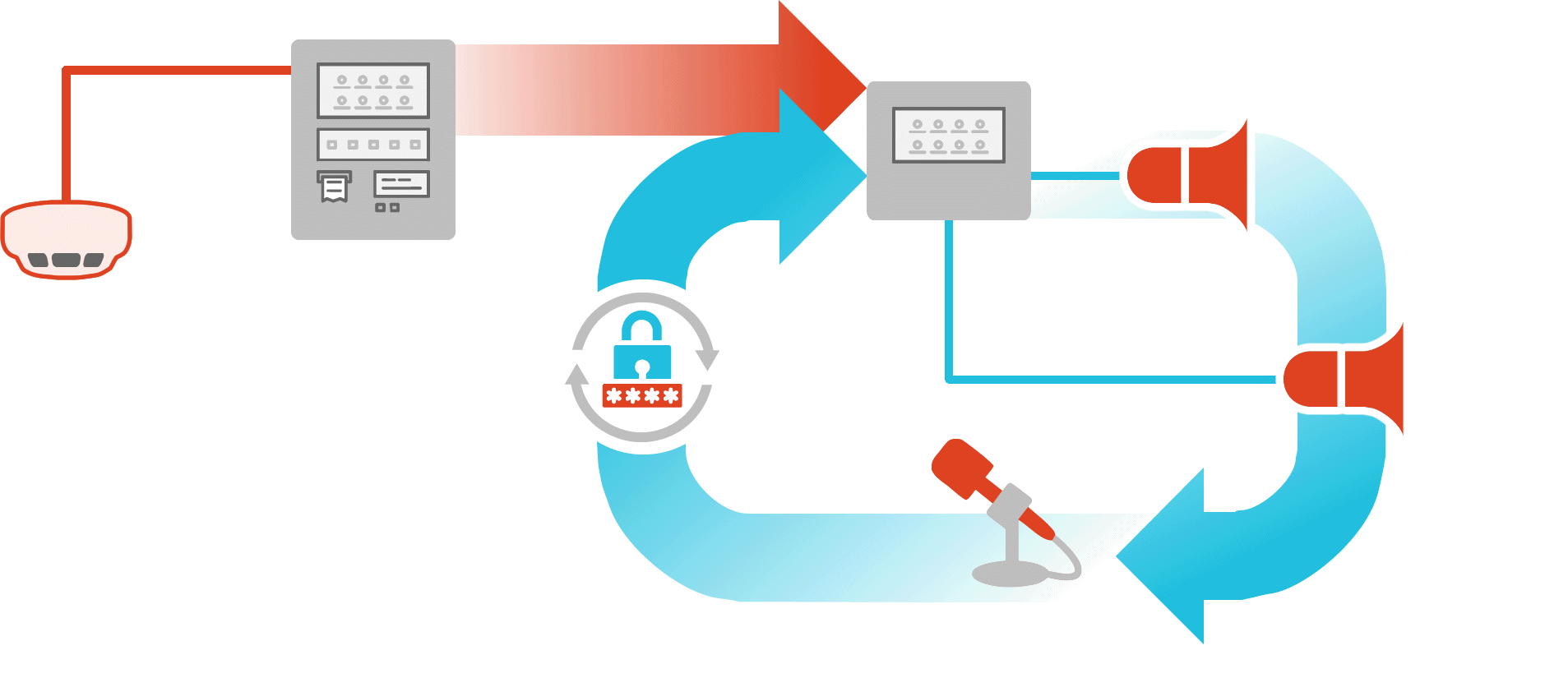Conclusion
Voice alarm and PA/VA systems represent a significant advancement in building safety communication. By replacing confusing alarm bells with clear, instructive voice messages, these systems dramatically improve occupant response during emergencies.
For schools and other public buildings facing new requirements under Martyn's Law, PA/VA systems offer a comprehensive solution that addresses both fire safety and security communication needs. For other building types, they provide enhanced safety while offering valuable everyday functionality.
As building owners and facility managers consider their life safety systems, understanding the capabilities and benefits of voice alarm technology is essential. While the initial investment may be higher than traditional alarm bells or electronic sounders, the improved safety outcomes, operational flexibility, and potential for multi-purpose use make voice alarm systems an increasingly valuable choice for modern buildings.
The key is working with experienced fire safety professionals who can assess your specific building requirements, recommend the appropriate system type, and ensure compliant design and installation. Your building's occupants deserve clear communication during emergencies—and a suitable voice alarm system can deliver precisely that.































